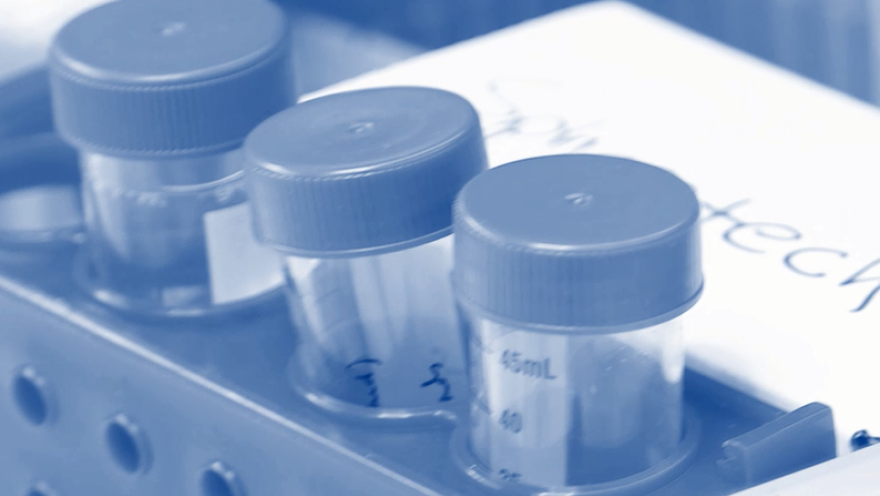Researchers at Neuralstem Inc. are investigating a potential ALS therapy that involves injecting stem cells into a person’s spinal cord. This week, the results of the phase II study that tested the safety of this type of stem cell transplantation were published in the journal Neurology. Below we give some background on this latest study.
Background:
The transplantation of human spinal cord-derived neural stem cells (HSSCs) into the ventral horn of the spinal cord has been shown to delay the onset of ALS and improve animal survival in previous pre-clinical studies of ALS rodent models. Based on these promising results, Neuralstem Inc. commenced a phase I study to test whether the injection of HSSCs into the lumbar and cervical areas of the spinal cord is safe. Results of phase I were published in 2012 and 2014 and showed that this approach is feasible and well tolerated. The FDA awarded an Orphan Drug Designation the Neuralstem trial in February 2011.
Study Goals:
The goal of recently published phase II study was three-fold:
- To test the safety and tolerability of delivering increasing numbers of stem cells.
- Extend the trial from a single-center, single-surgeon study to a three-center, three-surgeon study.
- To evaluate which outcome measures can be optimally used to understand stem cell efficacy for future trials.
The Study:
The phase II trial was an open-label trial that included 15 ALS participants that received increasing doses of stem cells both by increasing numbers of cells per injection and increasing the numbers of injections. Detailed inclusion/exclusion criteria can be found at ClinicalTrials.gov as NCT 01730716.
Phase I of the study was conducted exclusively at Emory University in Atlanta. This phase II study was expanded to two more centers at the University of Michigan in Ann Arbor, Mich. (6 participants) and Massachusetts General Hospital in Boston (2 participants), along with Emory University (7 participants).
Participants were assessed for adverse events and progression of disease using the following tests: ALS Functional Rating Scale-Revised (ALSFRS-R), forced vital capacity (FVC) and quantitative measures of strength.
Results and Conclusions:
This completed phase II trial showed safety and tolerability of HSSC transplantation of increasing doses. In addition, it appeared that this intervention does not cause acceleration in disease progression.
The number of surgical/study centers was successfully increased to three, suggesting that future HSSC transplantation trials that involve invasive surgical procedures can be expanded outside a single center.
However, the study design and small participant size of this study does not allow the determination of efficacy of slowing or stopping ALS progression.
“The results in the study are encouraging providing important data on safety and dosing of the stem cells in study participants,” stated Lucie Bruijn, Ph.D., M.B.A, Chief Scientist of The ALS Association.
For more information about the trial, please visit http://www.neuralstem.com/cell-therapy-for-als.


Join the conversation. Please comment below.